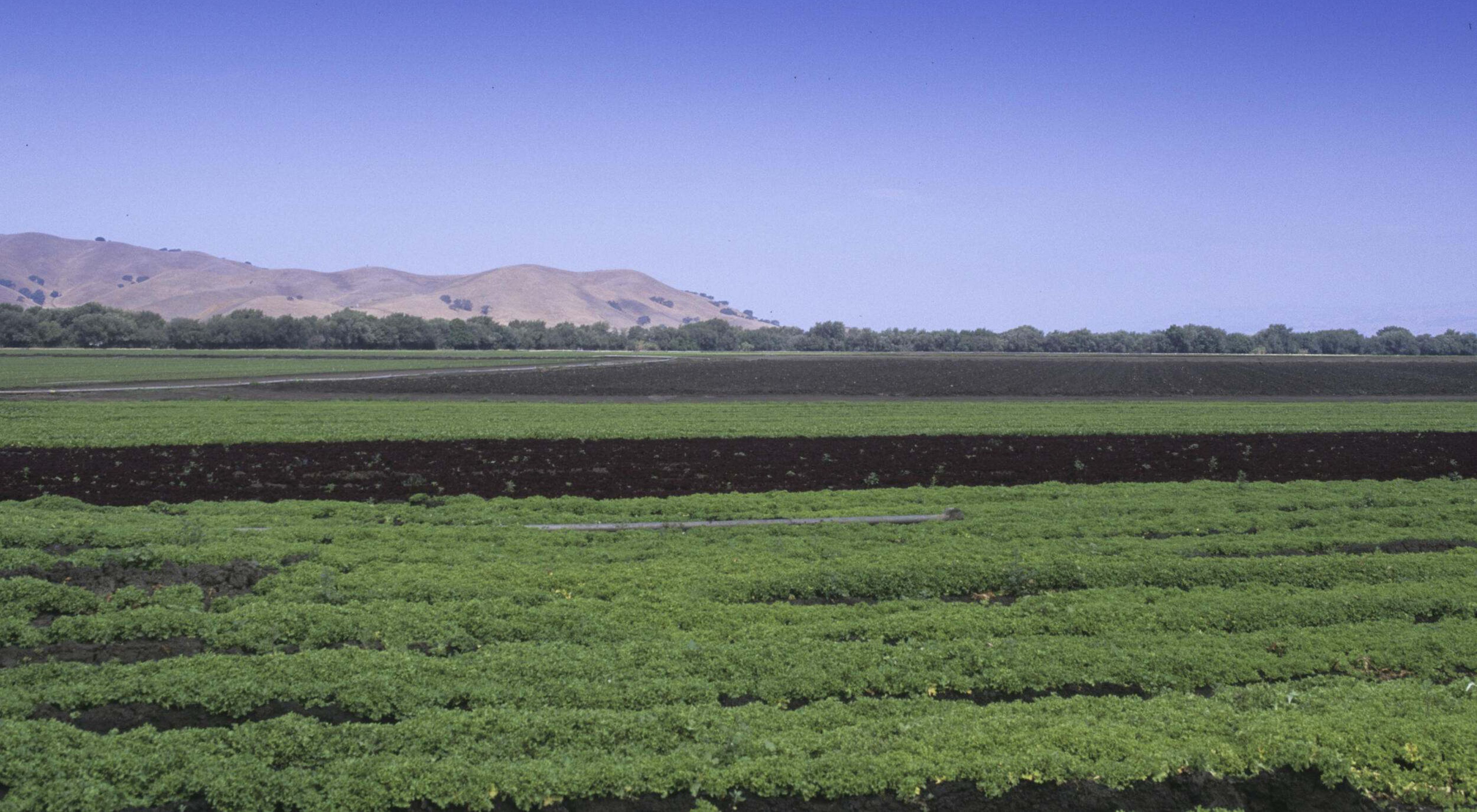The Pajaro River watershed includes productive farms and ranches, rich natural areas, and culturally significant places, all at the intersection of expanding communities and growing infrastructure networks. While complex, this landscape also holds great opportunity for nature conservation and support of agriculture due to the many ways in which these places and their stakeholders overlap.
This document memorializes a process that engaged over 50 participants representing the natural resources, agriculture, and public agency spheres. Between June 2015 and June 2016, this group worked collaboratively and transparently to articulate collective values, goals and actions, and gain insight into how communication and cooperation could enhance their work. Through narrative, maps, and other resources, this Pajaro Compass document advances understanding about the multiple benefits of the Pajaro River watershed focusing on six themes: water resources, biodiversity, agriculture, carbon and soil health, recreation, and community.
The Pajaro Compass launches a committed group of partners who champion the many values of the Pajaro River watershed for people and nature, and, through coordinated action, ensure that agricultural and open space lands support these values in balance with new opportunities.
Above all, the Pajaro Compass provides a dynamic gateway for landowners and managers, public agencies, conservation organizations, funders, and elected officials to learn, connect, and engage in efforts to maintain a healthy and productive Pajaro River watershed.
Year Published: 2016
State: California
Landscape Context: Inland
Housing Density: Suburban, Rural
Funding Type: Private
Habitat Focus: Forest, Shrubland, Herbaceous
Organizations Involved:
The Nature Conservancy, Santa Clara Valley Open Space Authority, Resource Conservation District of Santa Cruz County
Values:
Water Supply, Water Quality, Floodplains/Flood Prevention, Open Space/Habitat, Recreation, Working Land, Carbon Sequestration, Biodiversity
Stakeholder Involvement:
Stakeholders were fully integrated; The Steering Committee convened three stakeholder meetings with a diverse group representing conservation, agriculture, transportation, and government interests. The group engaged in robust discussions and working sessions to develop a conservation vision for the Pajaro River watershed region, identify and map important landscape features, and develop an action plan focused on supporting, celebrating, and investing in the region’s ranches, farms and open spaces.
Planning Process:
The planning process was led by a steering committee consisting of The Nature Conservancy, Santa Clara Valley Open Space Authority, and the Resource Conservation District of Santa Cruz County. Pajaro Compass themes, goals, map tools, were developed through proposals to a diverse stakeholder group who provided feedback and shaped the document and online map tools.
Desired Outcomes:
Encourage voluntary conservation in the Pajaro River watershed and provide a framework for coordination among partners working in service of the Compass goals.
What It Accomplished:
The stakeholders opted into the Pajaro Compass Network, a strength-based partnership comitted to advancing the Pajaro Compass goals through voluntary conservation action in the watershed. The stakeholders took a survey to identify their stengths, priorities, needs, and challenges. Through a service compared to a Match.com for conservation, Network members were provided with Match Sheets showing other organizations within the Network that they could partner with to achieve shared goals.
It also provided a suite of online map tools that identify where resources are located related to the themes of the Compass (biodiversity, water resources, carbon, recreation, agriculture, and community) to help the region make better decisions about where to grow and where to protect.
